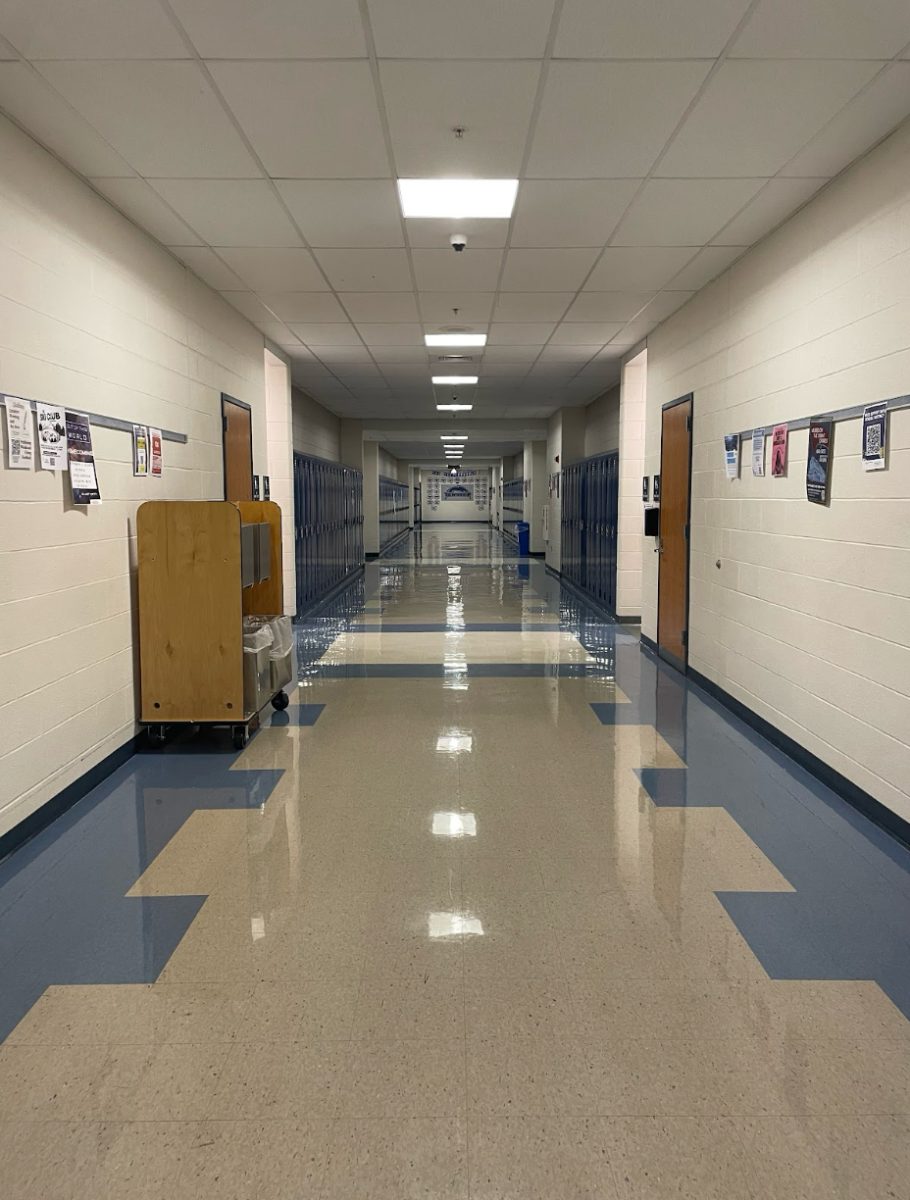We’ve often been told that we have the world at our fingertips, and this privilege cannot be overstated. Living with access to almost any recorded knowledge and global communication is the best of the digital age, but it can also feel noisy and overbearing. Physical media, such as books, can help quiet some of this. E-books have been used for over 20 years, but saw more prominent usage during and after the COVID-19 pandemic with the rise of e-readers such as Kindles. As most things go, there are positive and negative aspects of digital and physical texts, and both of them can have a place in our lives.
Holding a physical book is a feeling and an experience that is hard to achieve through other forms of media. It evokes more senses than just sight, and can provide a more immersive experience. Collecting the books you read and building a personal library creates a catalog of your life over time. Being able to revisit and annotate books that were meaningful or entertaining to you at some point in time is a way to see how you have been impacted by the media you consume. While this is undeniably possible to do with online texts, building a personal collection of printed books is a valuable experience.
Beyond their aesthetic and emotional advantages, physical books can benefit your attention and comprehension. In a 2019 study conducted by Anne Mangen, half of the participants of a study read a story on a Kindle, and the other half read the same story in print. She discovered that the print readers had a better comprehension of the story when tested and could recall more chronological details. Some of the factors that contributed to this difference were the increased sensory engagement with reading physical print, being forced to slow down without the option of scrolling or tapping and fewer distractions. Without notifications, links and ads appearing in physical books, you can be more focused and immersed in what you’re reading.
Realistically, while there are specific benefits to reading physical books, utilizing a blend of technology and tradition may be the best way to move forward in this digital age. One of the best things about online texts is their accessibility. They’re much cheaper than buying physical copies of books and allow for more mobility and customization. You can look up words or highlight sections in one place and have access to text as long as you have your device with you.
The increase in online reading has been accompanied by artificial intelligence chatbots, such as ChatGPT. There is an ongoing discussion as to whether AI is decreasing reading comprehension skills, or aiding them, as chatbots can be used to summarize or paraphrase texts. MTHS librarian Carly McCarthy supports using these tools.
“I think AI has the ability to improve students’ reading comprehension skills. For example, students could use AI to change the reading level or even change the language of a text to make it more accessible to them,” said McCarthy.
She believes that using available technologies is vital to enhancing our reading experience. McCarthy explained that AI has a valuable place in aiding student’s comprehension by allowing them to better understand what they are reading.
Ultimately, each medium offers unique benefits. Online texts are helpful for customization and convenience, while physical books require a deeper and more careful consideration of the content you are reading. In an increasingly digital world, the continued relevance and desire for paper books highlights our need to slow down and connect with what we are consuming.
Next time you need a break from the ads, try reaching for a trusted paperback. It’s not going away anytime soon.










EH • Jan 23, 2025 at 2:33 pm
I teach 5th grade and took a poll of my students. 10/15 students preferred paperback. Thank you for starting a conversation in my classroom!